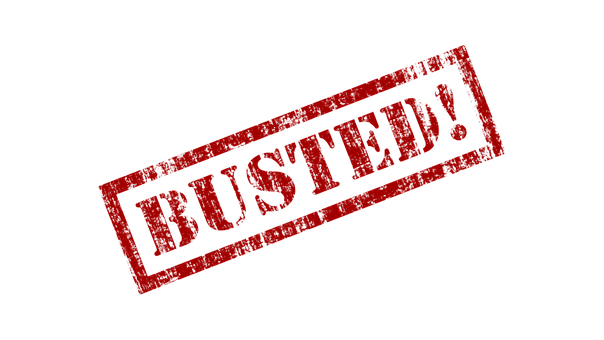
Dealer Bust-Out Rate
This refers to the chance a dealer has of busting out, depending on the up-card. It’s not imperative to know the exact percentages for each up-card, but knowing the relative rate can help you decide how you will play your cards.

It has been determined that for an overall rate, a dealer will bust 28% of the time. The following chart will show the dealer bust rate based on each available up-card. The first row is the up-card, the second row gives the bust-out percentage:
| 2 | 3 | 4 | 5 | 6 | 7 | 8 | 9 | 10 | Ace |
| 35% | 37% | 40% | 42% | 42% | 26% | 24% | 23% | 23% | 17% |
Of course these rates (specifically for 10 up-card) refer to those times the dealer does not have blackjack. If the dealer had blackjack, you wouldn’t even play the hand.
There is clearly a significant drop between having a six or having seven. This is why “basic” strategy can vary depending on the strategy card you’re using. It is also why it can make a big difference if the dealer must “hit” a soft 17 or must stand on all 17’s. If the dealer must hit a soft 17, the bust-out rate for a 6 up-card increases to 44% and for an Ace up-card increases to 20%.
One observation that should be made with this chart, is that the dealer bust-out rate is never over 50%, not even close. So, the dealer never has an up-card that will bust more often than not. That’s part of the built-in house advantage of the game.
Player Bust-Out Rate
Knowing the player’s bust-out rate is as important as knowing the dealer’s bust-out rate. The idea is that you don’t want to take the chance of busting out, if the dealer has a better chance of busting out. In other words, you want to stand pat with your hand only if you have a greater chance of busting than the dealer. The top row is the hand value, the 2nd row is the bust-out rate.
| 12 | 13 | 14 | 15 | 16 | 17 | 18 | 19 | 20 |
| 31% | 39% | 56% | 58% | 62% | 69% | 77% | 85% | 92% |
As you compare the two charts, you should be able to understand the basis of strategy charts a little more. First, you want to remember that these rates are primarily used when learning to deal with hand values of 12-16, because you should know not to hit hand values of 17-21.
So, you want to stand when you have 13-16 and the dealer has up-cards of 3-6, because you have a higher bust-out rate (39%-69%) than the dealer (37%-42%) Also you can see that it should be fairly safe to hit a twelve because your bust-out rate is lower than the dealer’s rate in those cases.
You will find there are experts who say knowing these bust-out rates will help your play, while others profess that such knowledge is useless. As I first looked at it, it was a bit confusing, but as I took the time to understand it, I think it gave me a better understanding of basic strategy as outlined on strategy cards.


